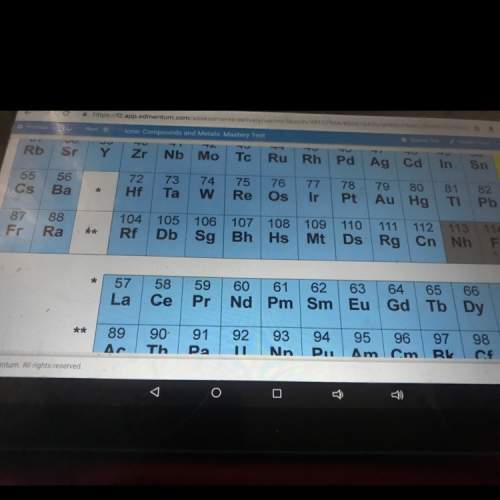
Chemistry, 19.10.2021 06:30 thutch1950oww9q0
Naturally occurring bromine is composed of two isotopes: 50.69 % Br-79 (mass of 78.9183 amu) and 49.31 % Br-81(mass of 80.9163 amu). Naturally occurring oxygen is composed of three isotopes: 99.757% O-16 (mass of 15.9949 amu), 0.038% O-17 (mass of 16.9991 amu), and 0.205% O-18 (mass of 17.9991 amu). The compound dibromonoxide is composed of two bromine atoms and one oxygen atom bonded together to form the Br2O molecule.
a) How many Br2O molecules of different masses naturally exist.
b) Give the masses of the three most abundant Br2O.

Answers: 2


Other questions on the subject: Chemistry


Chemistry, 22.06.2019 05:40, wanderer3653
Fill in the coefficients that will balance the following reaction: a0cr2(so4)3 + a1agno3
Answers: 3

Chemistry, 22.06.2019 07:30, veronica25681
According to the vsepr theory what is the shape of a molecule that has a central atom valence three other items with no lone pairs of electrons
Answers: 1

You know the right answer?
Naturally occurring bromine is composed of two isotopes: 50.69 % Br-79 (mass of 78.9183 amu) and 49....
Questions in other subjects:


Mathematics, 14.04.2021 19:40


Mathematics, 14.04.2021 19:40





Mathematics, 14.04.2021 19:40

English, 14.04.2021 19:40




